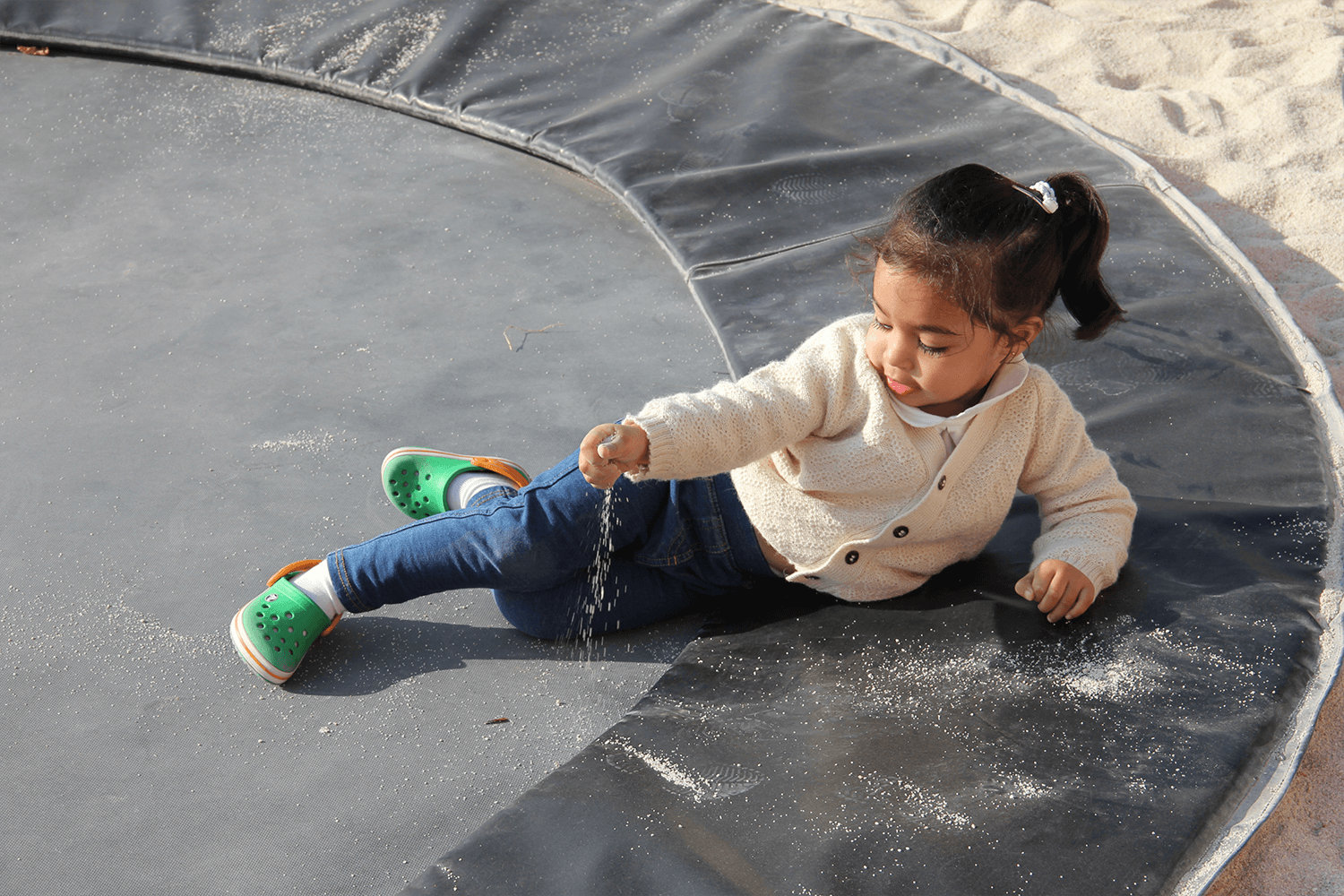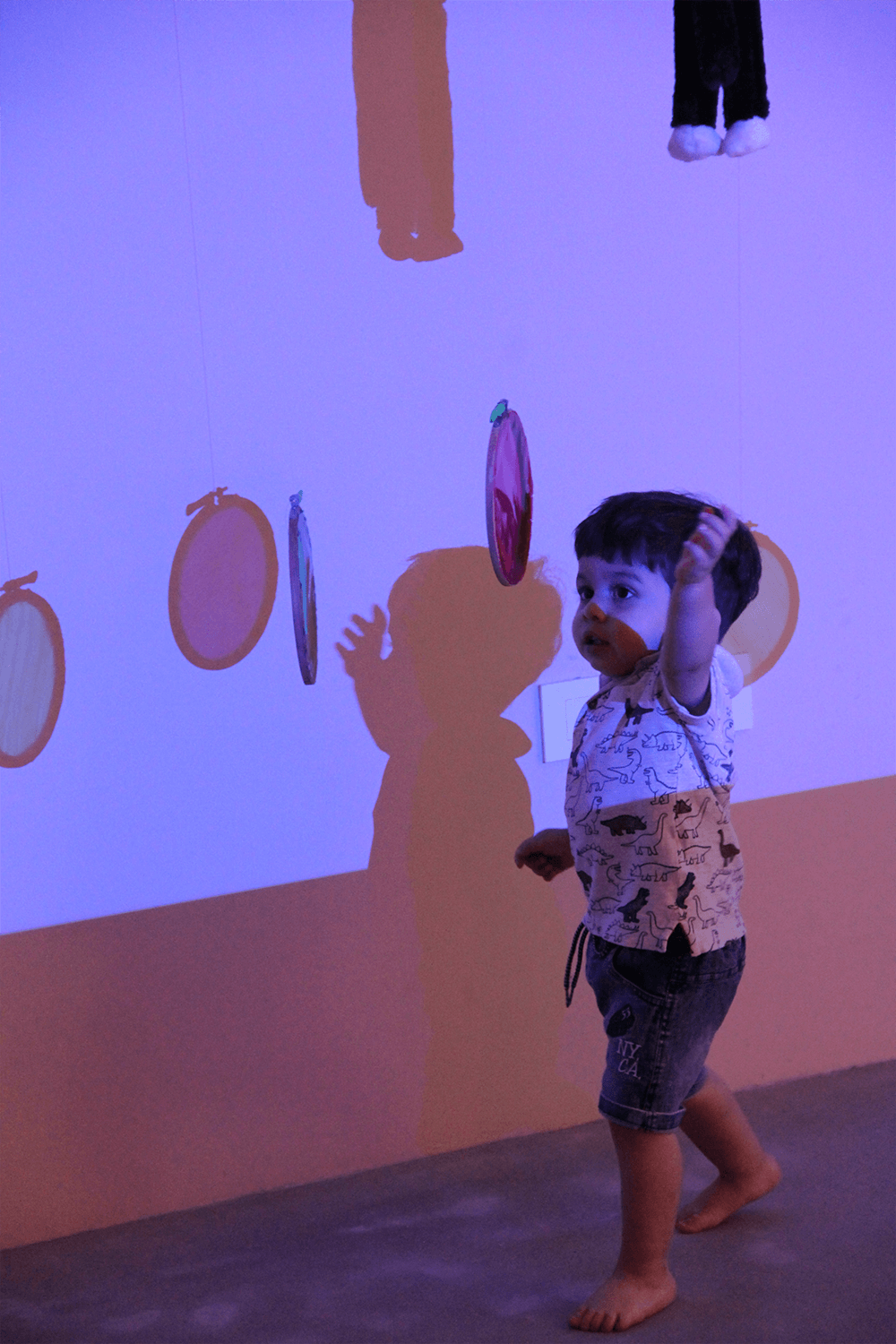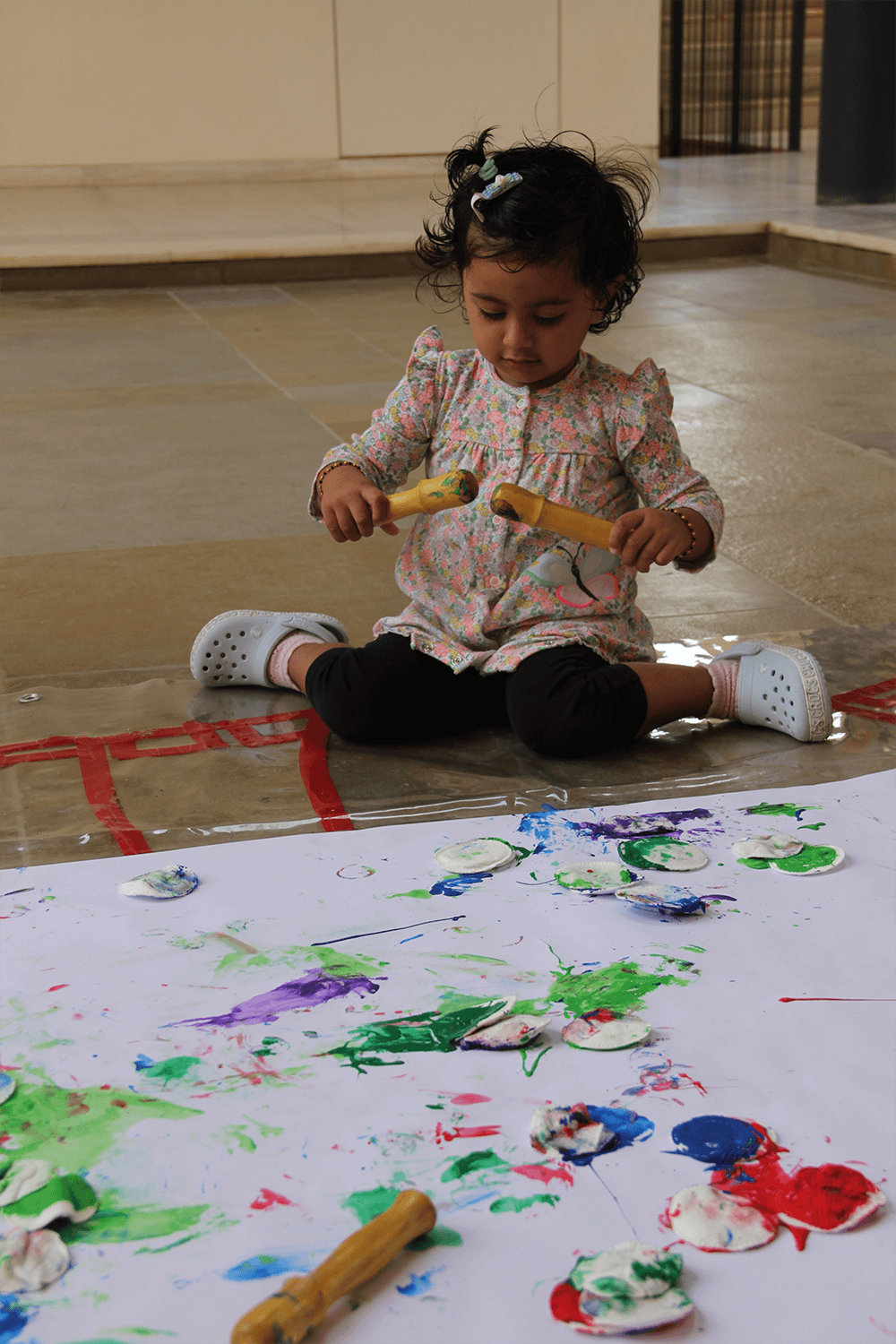18 Aug Learn: The Reggio Way
“a hundred worlds
to discover
a hundred worlds
to invent
a hundred worlds
to dream.
The child has a hundred languages. ”
– Loris Malaguzzi (translated by Lella Gandini)
Be the leader- take charge
Ever talked to a 4-year-old and realised that you are understanding life all over again! Innocent perspectives, unhindered possibilities without brooding over its certainties, magnanimity in its simplicity. Ensuring the continued breath of fresh air in the way kids look at things, is the Reggio Emilia concept of learning.
Reggio Emilia is an approach of imparting knowledge to kindergarten kids, by allowing them to choose and explore the areas of their interests. Thus, providing these young brains with the liberty to decide what and how they want to learn, making them think like individuals.
The Reggio Emilia way of learning centers the child’s creativity, their imagination and encourages them to express their own convenient means of expression. The understanding of these imaginative & creative brains, that a folded handkerchief could also be peaks of mountains or waves at the sea; and to see the unusual in usual, makes them think out of the box. These various possibilities allow these children to wonder and be amused by the various possibilities in one simple fold.
Imagination is the key
The Reggio style creates an environment for the child to learn while playing and enjoying. The kids are learning music with math and science with cooking. Children explore, observe and analyse, guided by their teachers and parents. In the process kids realize that there is so much to learn, understand, observe & experience. For eg. They understand that water exists in different forms; ice feels cold while dry ice burns the skin. They are allowed to wander, make mistakes, and learn that there’s no one correct way of doing things. Here, they identify and learn the relationships between things and that it keeps evolving along time, space and situation enabled by imagination.
How imagination is employed
Reggio Emilia is a child-centric approach that instigates children to take initiatives in their own learning, building upon their ideas at their individual pace. When these children do activities, they learn about things beyond what they see, which inspires them to try beyond what is there. With the open space, the atelier, the kitchen, random tools, and materials that can be employed by kids for visible expression, children learn to believe that anything is possible. Imagination employed while coordinating hands, heart and mind makes them widen their horizons and develop individualistic skills.
Contrary to the idea of the same education for all, teachers encourage learning from natural interests that have reason and meaning for each child; which could range from: complex learning of a working clock or making their favorite sandwiches.
We are a Team!
Parents also become part of the learning process ensuring a similar accepting atmosphere at home. The child can explore without boundaries and segments of gender or culture.
Designed on the lines of accepting the chaos as part of the constructive working along with method and order, the environment of the classroom works as the stimulator of their imagination. Here, co-constructed meanings are arrived at, in their discussions on the importance of airbags in cars and why they are still not available in a scooter. When in such stimulating surroundings, they employ a convenient medium to model an airbag in a 2 wheeler with imagination.
Equipping children with tools, materials, and environment, feeds their curious minds. Storytelling is one of the most powerful activities allowing the imaginations of children to flow freely. Listening to stories creates scenarios in these little heads, coming up with different voices, characters, and situations. These interactive activities encourage dialogues from them.
On the other hand, when a child is roaming in the garden and is attracted by a butterfly, along with learning the name of the butterfly, they learn about its scientific name, how it came into being, how it evolved, butterfly harvesting, and their place in the environment.
So they learn about science, economy, and environment along with nurturing humane feelings of kindness towards nature. They may make friends with them, give them a name and even talk daily bringing gifts or food for it, creating a higher level of the world with them where the butterfly is much more than merely being an insect fluttering on flowers. All such acquaintances develop a feeling of love, care, sensitivity and responsibility towards mother nature and God’s creation.
Let it flow and grow
Children find their own interesting medium/ language to learn and express. Encouraging them to express in various forms of role-play and exploration, light and shadow, colours, science, numbers, making and describing, play-listening-doing, giving them choices, taking them to places and wonder, gives them the perspective into things with logical and critical thinking to justify the results.
This style allows free rein to children to navigate their learning without abiding by the preset concepts and curriculum. They track their own growth through documented creative progress. It also makes them self-reliant and responsible towards others and the society at large. They learn important life skills that only enhance further over time. The community that participates in their upbringing also attunes to the further development of the child. And when you are seen, heard, and valued without judgments, it builds a strong base for self-confidence, strong power to wild imagination.
A child’s mind is not a container to be filled but rather a fire to be kindled.”- Dorothea Brande





No Comments